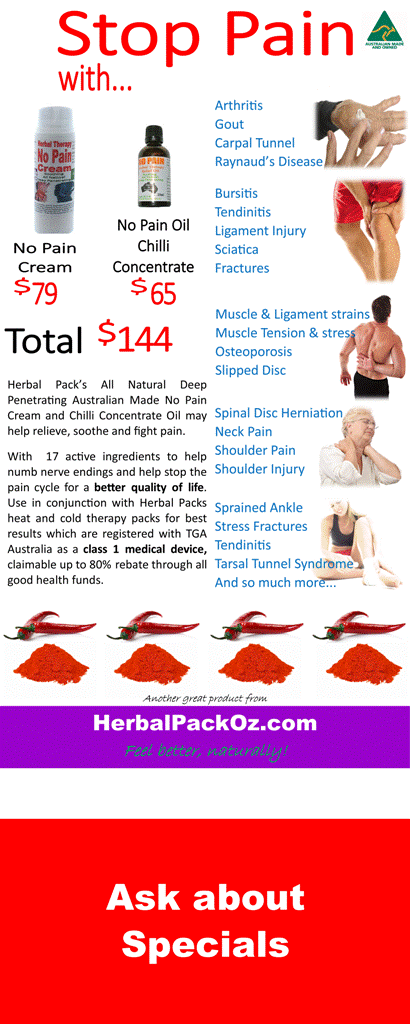
Medical
Capsaicin is used as an analgesic intopical ointments,nasal sprays (Sinol-M), and dermal patches torelieve pain,typically in concentrations between 0.025% and 0.25%. It may be applied incream form for the temporary relief of minor aches and pains of muscles andjoints associated witharthritis, backache, strains and sprains, often incompounds with other rubefacients.[25] Itis also used to reduce the symptoms of peripheral neuropathy suchas post-herpetic neuralgia caused by shingles.[26] Indirect application the treatment area is typically numbed first with a topicalanesthetic;capsaicin is then applied by a therapist wearing rubber gloves anda face mask. The capsaicin remains on the skin until the patient starts to feelthe "heat", at which point it is promptly removed. Capsaicin is alsoavailable in large bandages (plasters) that can be applied tothe back.
Capsaicin creams are used to treat psoriasis asan effective way to reduce itching and inflammation.[27][28]
According to animal and human studies, the oral intake of capsaicin may increase the production of heat by the body for a shorttime. Due to the effect on the carbohydrates breakdownafter a meal, capsaicin may also be used to regulate blood sugarlevels.[29]
Capsaicin selectively binds to a protein known as TRPV1 that resides on the membranes of pain and heat-sensing neurons.[30][31] TRPV1is a heat-activated calcium channel that opens between 37 and 45 °C (98.6 and113 °F, respectively). When capsaicin binds to TRPV1, it causes the channel toopen below 37 °C (normal human body temperature), which is why capsaicin is linked to the sensation of heat. Prolonged activation of these neurons by capsaicin depletes presynaptic substance P,one of the body's neurotransmitters for pain and heat. Neurons that do not contain TRPV1 are unaffected.
The result appears to be that the chemical mimics a burning sensation; the nerves are overwhelmed by the influx, and are unable to report pain for an extended period of time. With chronic exposure to capsaicin, neurons are depleted of neurotransmitters, leading to reduction in sensation of pain and blockade of neurogenic inflammation. If capsaicin is removed, the neurons recover.[32][33][citation needed]
The American Association for Cancer Research reports studies suggesting capsaicin is able to kill prostate cancer and lung cancer cellsby causing them to undergo apoptosis.[34][35] The studies were performed on tumors formed by human prostate cancer cell cultures grown in mouse models, and showed tumors treated with capsaicin were about one-fifth the size of the untreated tumors. There have been several mouse studies conducted in Japan and China that showed natural capsaicin directly inhibits the growth of leukemic cells.[36] Capsaicin may be able to trigger a poptosis in human lung cancer cells as well.[37]
Capsaicin is also the key ingredient in theexperimental drug Adlea, which is in Phase 2trials as a long-acting analgesic to treat post-surgical and osteoarthriticpain for weeks to months after a single injection to the site of pain.[38] Moreover,it reduces pain resulting from osteoarthritis[39] aswell as joint or muscle pain from fibromyalgia or other causes.
We know it works. They've been using it in the Horse industry for a very long time.
Equestrian sports
Capsaicin is a banned substance in equestrian sports because of its hypersensitizing and pain-relieving properties. At the show jumping events of the 2008 Summer Olympics, four horses tested positive for the substance, which resulted in a ban
Borrowers who struggle with
cash advance low fee cash advance.